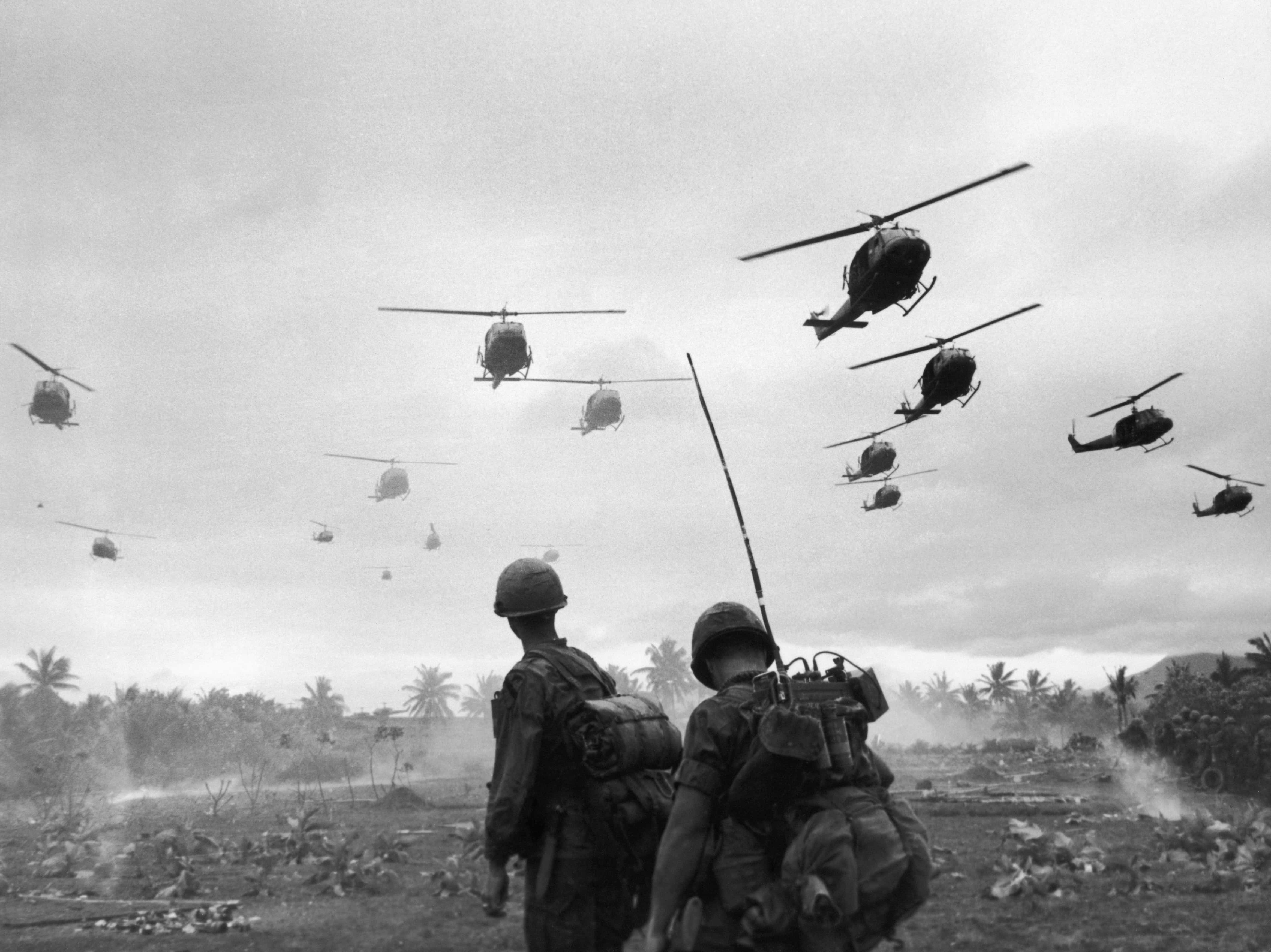Hmong Americans: Suni Lee's Olympic triumph brings forgotten community of heroes into limelight

Sunisa Lee made history as the first Hmong American to win an Olympic gold medal at the Tokyo Olympics. The ethnic group, which fought alongside the US in the Vietnam War, immigrated to the country after losing most of their land in battle.
Houa John Lee, the father of the sensational gymnast, told Elle magazine in an interview before the event that their Hmong community back in Minnesota was passionately rooting for his daughter. He said that if she won, “it would be the greatest accomplishment of any Hmong person in the US ever. It will go down in history.” Around 90 percent of the refugee population, primarily consisting of people from Southeast Asia and areas in China, had resettled in the US after the war. Now, there are 18 Hmong clans in the country, with the largest residing in Minneapolis.
RELATED ARTICLES
Who is Suni Lee's father? Horrible accident paralyzed Olympic gymnast's doting dad Houa John
'Insanely pretty' Angelina 'Gelya' Melnikova's beauty wows Internet as ROC gymnast wins bronze
Who are the Hmong?
The Hmong originally hail from China with over 4,000 years of rich culture and history. In the early 1800s, they were forced to leave the mainland for Vietnam, Laos, Thailand and Burma as a result of predatory land expansion by the Chinese regime. Since the US pulled out of South Vietnam in 1975, thousands of Hmongs moved out of Laos and sought asylum in European and Western countries including Australia, France, Canada, Germany and the United States. The 2010 US Census found that there were about 260,000 Hmong Americans living in the country, with major populations in the states of California, Minnesota, and Wisconsin, according to the Hmong American Center.

Hmongs fought alongside US troops
The Central Intelligence Agency, or the CIA, sought out the Hmong in the early 1960s and recruited them to fight a "secret war" against the North Vietnamese and the communist Pathet Lao. Playing critical roles under the guidance of US intelligence, they played instrumental roles in the war, including harassing prominent communists on the Ho Chi Minh Trail, furnishing valuable intelligence about enemy operations, rescuing American pilots from crashes, as well as guarding a US strategic radar installation.

The Hmong were singled out by the victorious communist regimes of Vietnam and Laos following the war. They were mercilessly hunted down, put in concentration camps, and forced to do hard labor. What's more? The Hmong had their villages sprayed with chemical weapons and pulverized with napalm. As a result of the war and its aftermath, more than 10% of the entire Hmong population in Laos was wiped out. The memories are fresh to this day for many who survived the onslaught.

The Hmong, unlike most immigrant groups, were political refugees who had no choice but to flee their country due to war and persecution. After being legally admitted to the United States, the community was initially resettled by church organizations such as Catholic Charities and Lutheran Social Service. Several Hmong families were sponsored by area churches across the country, according to the Hmong American Center.










